
Is ‘sea rice’ the next superfood? Eelgrass – sustainable, with nutrient-rich grains, and growing in salt water – championed by top chef Ángel León
- Grown in seawater, eelgrass, the grains of which three-Michelin star chef Ángel León calls ‘sea rice’, has potential to be the next green supercrop, he believes
- León has spent the past 15 years developing novel foods, such as a dessert made with fish; his most recent find is the ‘super sea soybean of the 21st century’
In the Balbanera salt pans on the flat plains of the Bay of Cádiz, in southern Spain, biologist Juan Martín Bermúdez pulls a clump of long grass from the water. It appears unremarkable, a messy bunch of thin, flat tendrils that flutter in the salty coastal breeze. But this plant is a treasure.
Environmentalists have long known the value of Zostera marina in fighting climate change – underwater meadows of the seagrass can capture carbon 35 times faster than tropical rainforests.
It also provides the architecture for ecosystems, including those that harbour endangered species.
But now this plant offers a tantalising new possibility: if a radical project started by Ángel León – chef-owner of three-Michelin-star restaurant Aponiente just 10 minutes’ drive north of the salt pans – and Bermúdez, his research coordinator, comes to fruition, it has the potential to become the world’s most sustainable supercrop.
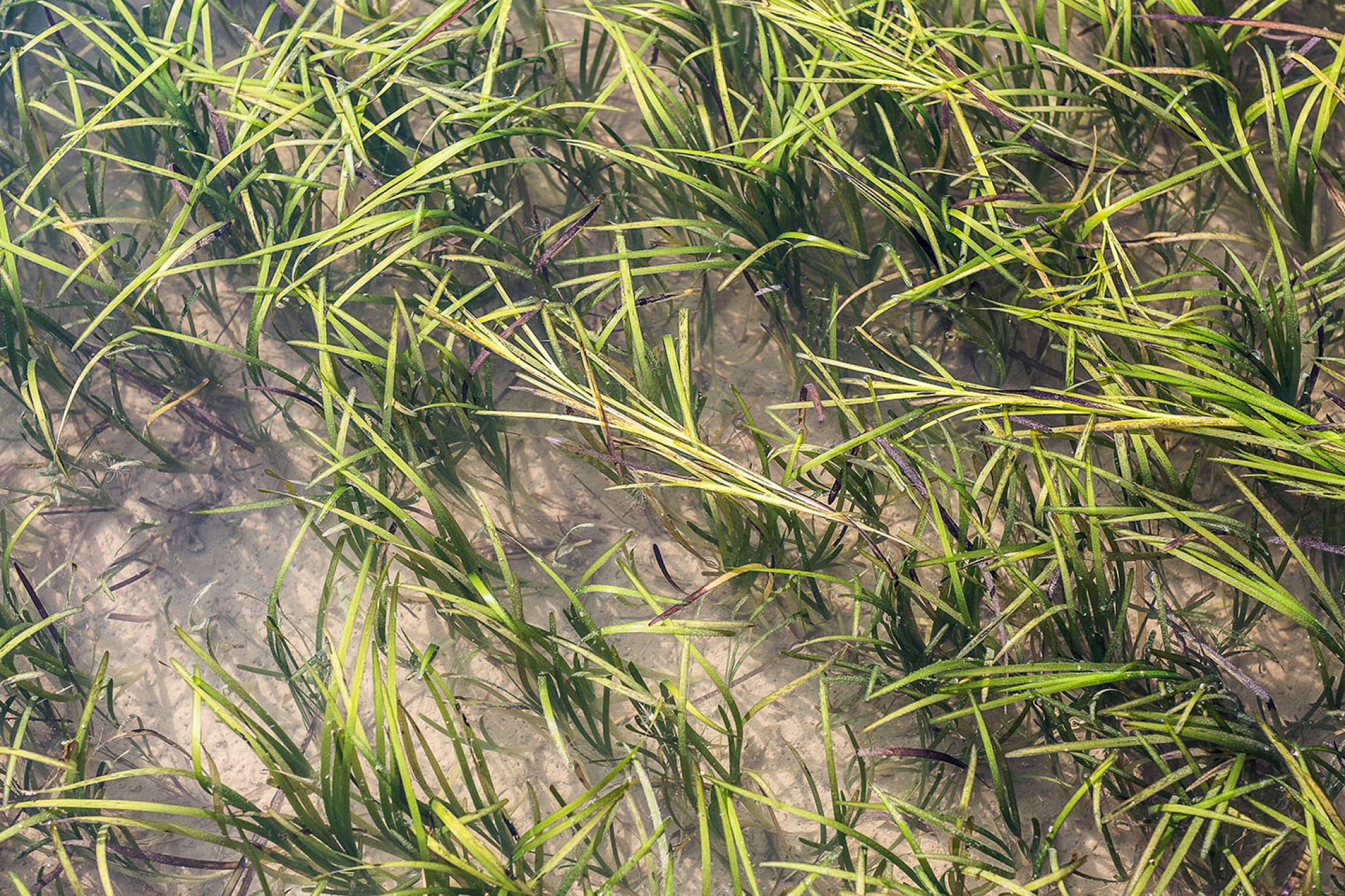
León refers to this rice-like grain as “sea cereal” or “sea rice”, although, in fact, it has 50 per cent more protein than rice. It also contains vitamins A and E, not found in any other kind of grain, as well as high concentrations of B vitamins and omega-6 and omega-9 fatty acids, according to León’s research.
Zostera needs no fertiliser, pesticides or fresh water, making it the most sustainable potential crop currently known
León is not the first to eat Zostera marina – the Seri hunter-gatherers of Mexico have toasted and ground the grains for centuries – but he had no knowledge of this in 2017, when he noticed the wheat-like seeds floating on the water while out in his boat fishing.
Even Bermúdez was unaware that Zostera grains are edible, despite having studied eelgrasses for 15 years – he was looking at them from an ecological rather than a culinary perspective.
In 2019, León gathered samples of Zostera grains and sent them for nutritional testing. He ran experiments in the kitchen with his R&D team.
Boiled, the grains are reminiscent of pasta prepared al dente, dense and firm, while the flavour is somewhere between rice and quinoa but more aromatic, iodised and slightly saline.
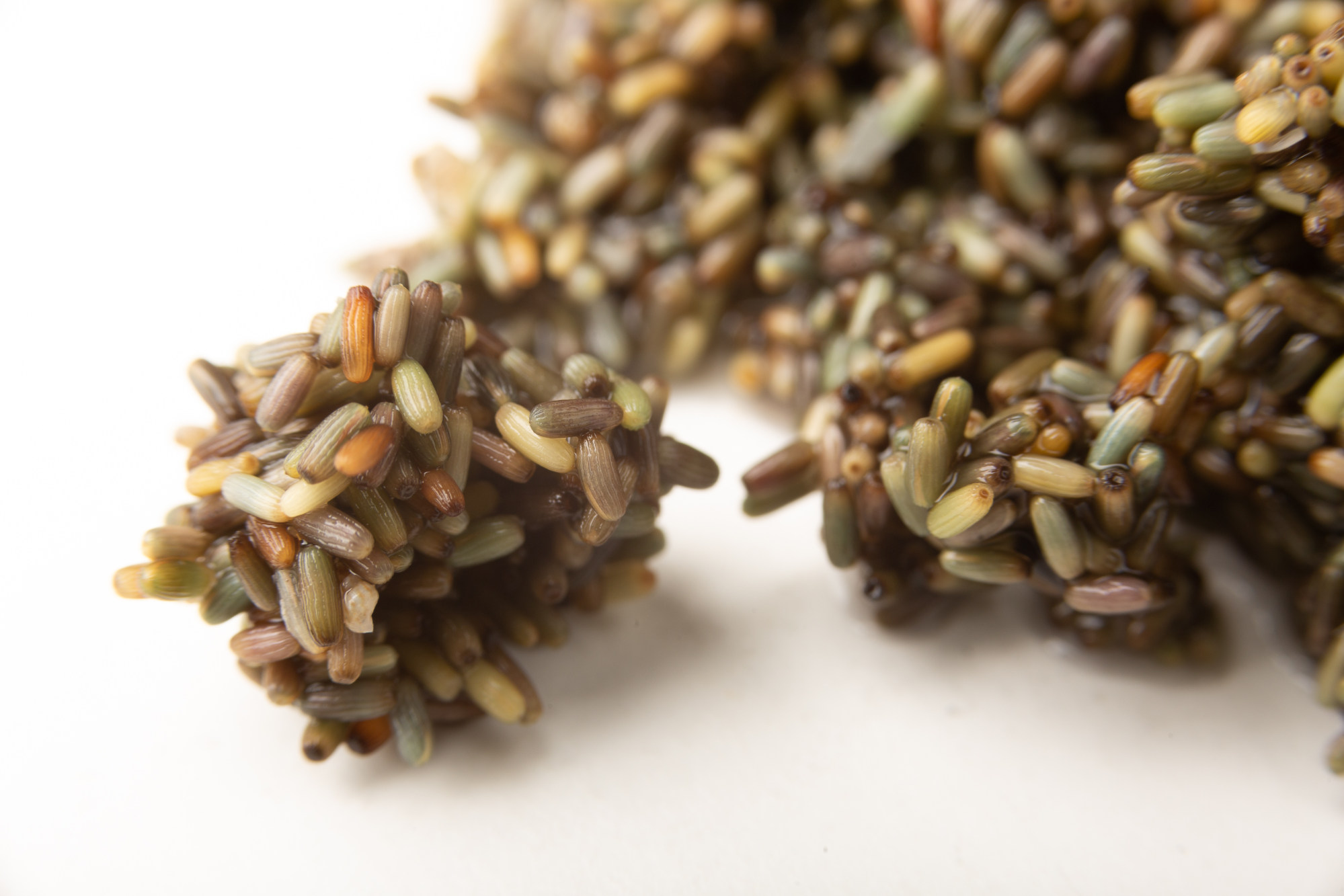
The team expects the grain to be mainly boiled and served like rice, or ground into flour to make gluten-free breads or dried pastas.
“My dream is for this grain to be cultivated so that it provides extensive yields across the world to help feed humanity,” says León.
“Zostera needs no fertiliser, pesticides or fresh water, making it the most sustainable potential crop currently known.”
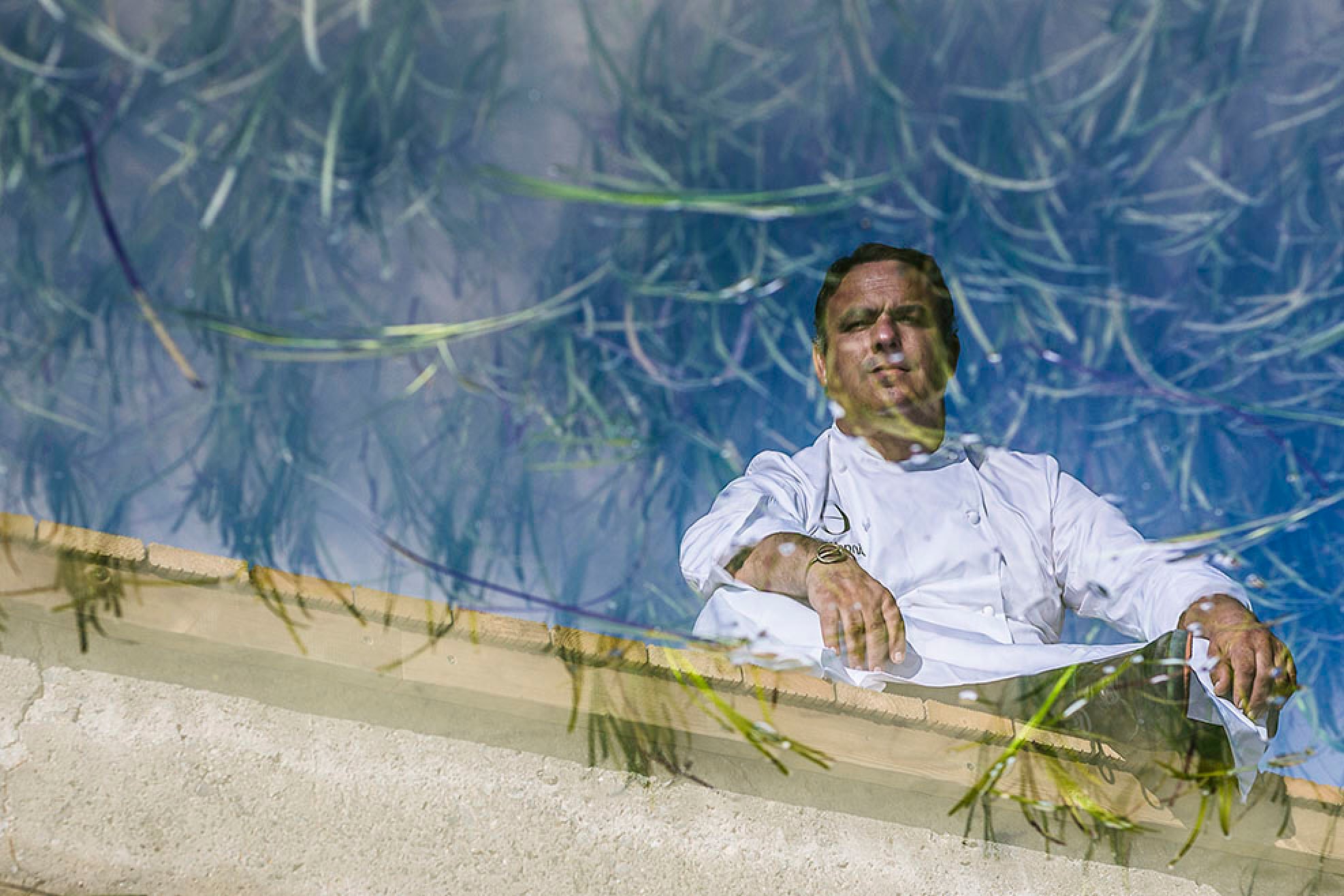
If it were from any other chef, a vision so quixotic would likely be met with raised eyebrows. But León is no ordinary cook.
Along with the three Michelin stars – which León has retained since 2017 – Aponiente has a green star for sustainability, and it won the sustainable restaurant award at the World’s 50 Best Restaurants awards in 2022.
León ranked No 13 in the world in the Best Chef Awards 2023, and in October last year, was nominated a food hero by the United Nations’ Food and Agriculture Organisation.
But more than these accolades, it is León’s history of intriguing gastronomical discoveries that lends credence to his ambitions.
We live in a world that’s looking to insects for protein, or plant-based foods, but we don’t realise that the sea is still so undiscovered with many unknown species
In 2009 he unveiled an edible form of phytoplankton, which he developed with a pharmaceutical company after his own experiments with eating plankton left him in hospital. Powdered tetraselmis is now used in kitchens around the world.
He has fused the loins of different species of fish together with collagen and served these “new species” hybrids to unsuspecting guests.
He has turned the centre of fish eyes into popcorn-like snacks and made “mortadella” from sea bass and “blood sausage” from mussels.
He has scouted the sea floor and found fruits, roots and leaves that he names after their terrestrial parallel: sea potatoes, sea chestnuts and sea artichokes.
He has served dishes in a pitch-black dining room, only the fluorescent blue of edible plankton harvested from the bellies of tiny Pacific island crabs providing light. He was invited to present his impressive luminescent display at Harvard University.

Even his desserts are made from fish. “Moray eel” is a deconstructed mochi with miso ice cream studded with fish scales that have been boiled in syrup, dried and fried – a technique inspired by Cantonese kitchens.
The mochi skin is a fold of brown eel skin that has been put through what he calls lactic deodorisation – a process in which an interaction of casein in dairy milk infused with cinnamaldehyde from cinnamon neutralises fishy aromas.
At last year’s Gastronomika, an annual food symposium in San Sebastian, Spain, León announced another stunning find: what he describes as the “super sea soybean of the 21st century” – saltwater-tolerant Canavalia rosea, known as bay bean and coastal jack-bean, which has seeds comprised of 50 per cent protein and 40 per cent carbohydrates.

The Aponiente team came across the seeds on a trip to Venezuela in 2021, and they have since made a range of products from them, including sea soy sauce, tamari, miso and fermented tofu.
They are now working with the Venezuelan Institute for Scientific Research to develop the plant’s experimental cultivation.
It will be many years before Canavalia rosea ends up as a widely available foodstuff – if it can be cultivated and harvested at scale at all.

León says he expects it will be another two years until Zostera appears on plates at Aponiente. To domesticate a new crop, particularly an underwater one, is no easy task.
Zostera marina is the most wide-ranging marine flowering plant in the northern hemisphere, growing in shallow waters along much of the coastline of North America and Eurasia.
It is in rapid decline, however, because of a range of human-induced factors, from increased water turbidity, dredging and pollution to higher water temperatures.
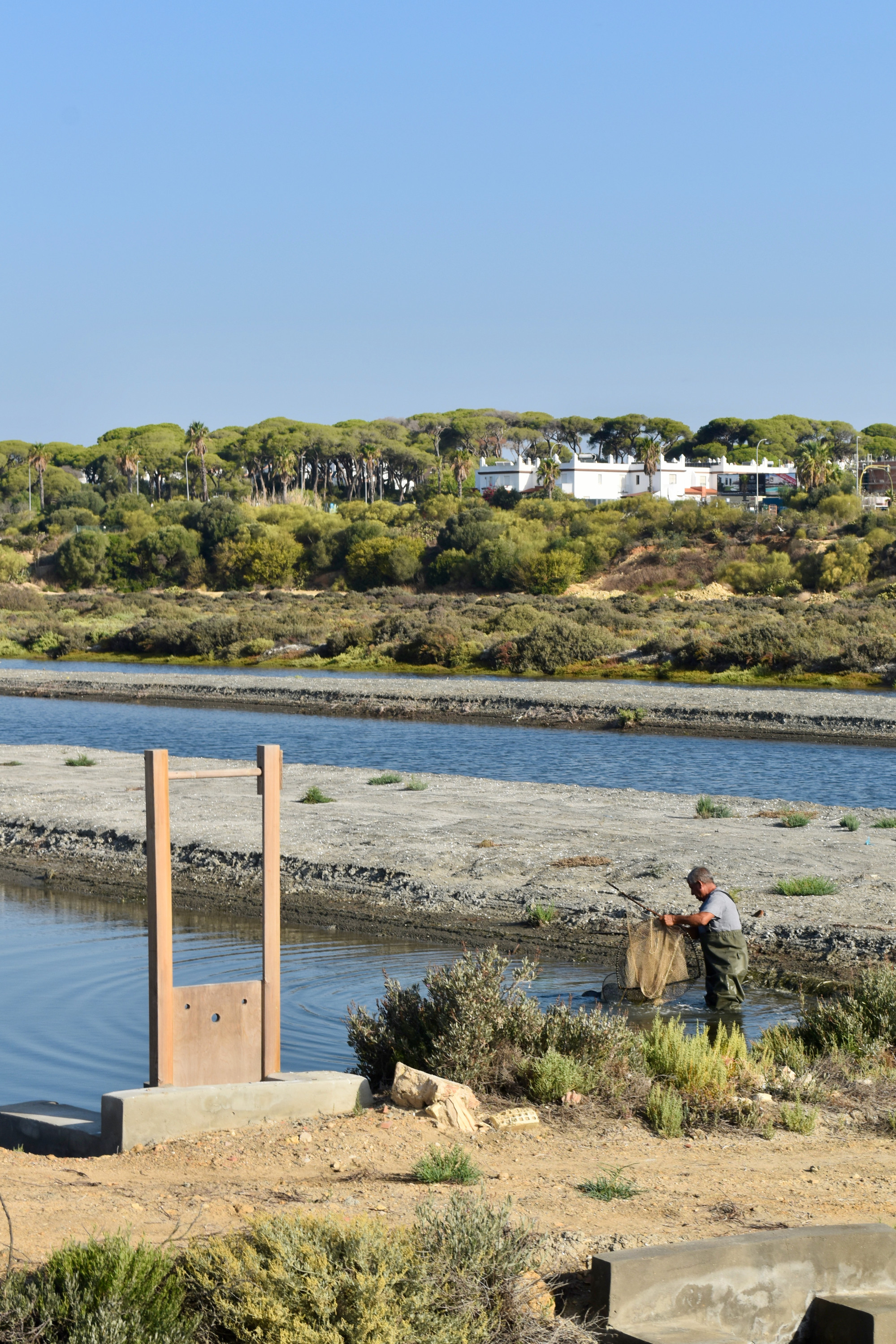
The Aponiente team has managed to grow Zostera and harvest small amounts of grains at Balbanera.
They have transformed some of the 5,000 hectares (19 square miles) of abandoned salt pans there into protected tidal marshes, where ecosystems of eelgrass can flourish.
Here, white shrimp so sweet they can be eaten straight from the water now thrive alongside crabs, eels and less tempting species such as sea worms that nevertheless also end up in the Aponiente kitchen.

León, widely known as “el Chef del Mar” (Chef of the Sea) in Spain, has long aimed to serve only ingredients harvested from his “sea pantry”.
But León is not only focused on aquatic ecosystems; the human community is also integral to his vision.
El Puerto de Santa Maria, where León was born and where Aponiente is housed in a 19th century former tidal mill, has one of the highest unemployment rates in western Europe.
“Sustainability is also about people, it’s not only about reducing waste, or sourcing more environmentally friendly ingredients. It’s also about economic upliftment, revaluing our land and economy for the people of this region,” he says.
The Aponiente team has drafted a five-year plan to scale up the cultivation of Zostera both in the region and further afield, which they expect will boost employment and bring in much needed income.
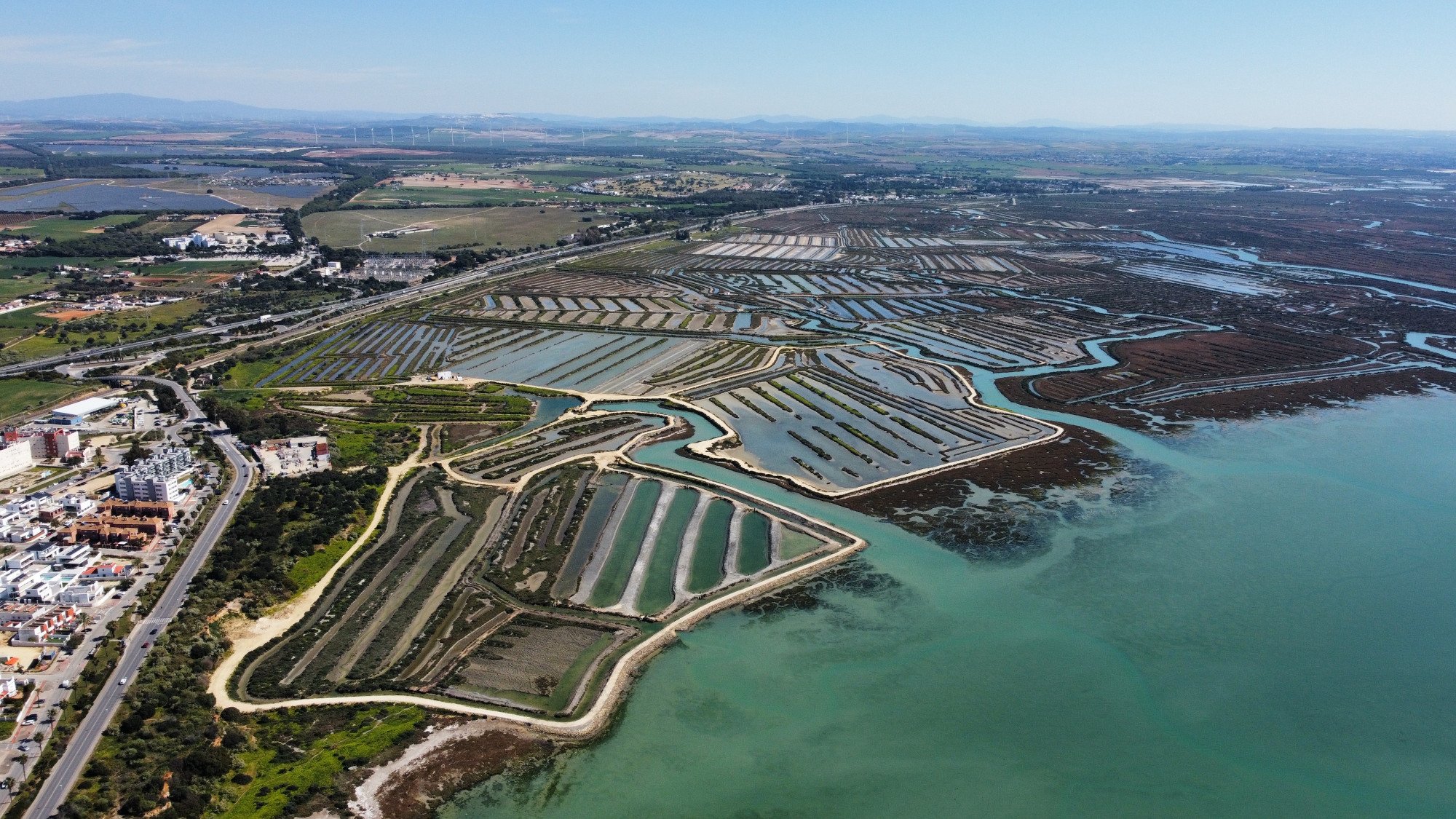
They have applied for permits to adapt one of the estuaries at nearby Salinas de San José for its optimal cultivation conditions, and have teamed up with the Andalusian Aquaculture Technology Centre and the University of Cantabria in Santander, northern Spain, to set up an experimental seed-germination project.
They are also in talks to develop a cultivation site in the Sado Estuary in Portugal.
“We live in a world that’s looking to insects for protein, or plant-based foods, but we don’t realise that the sea is still so undiscovered with many unknown species, flowers and roots,” says León.
“We spend billions to reach the moon and Mars, but there’s no proper investment in exploring the sea.”
Perhaps now, with León pushing forward into the uncharted waters of ocean crop cultivation, the sea may become a salvation.

